Last Updated on February 20, 2025 by Falcone Dulce
“My mother told me when I was young that red birds are like fine diamonds in the natural world, their vivid red feathers contrasting against the fine green backdrop in the vast expanse of North America.” The crimson bird’s flight is as much an enigmatic symbol as a visual feast. Commonly stated is, “When a red bird flies you must close your eyes and make a wish.” Rather than using some modern-day camouflage techniques, red birds sport bright plumage for both exterior displays and communication. The bright red plumage of male red birds is used to attract potential mates and send strong signals to rivals, signifying its importance in this dynamic and varied ecology.
Why the birds are red?
Most of the bright red on such red birds results from carotenoids, pigments that they derive from the food they eat. Their colors don’t arise from the birds themselves; they are pigments acquired from a diet of bugs, flowers, and seeds. For many birds, bright red, followed closely by orange and yellow feathers, is largely caused by carotenoids. The same pigments are used by birds in attracting mates or defending their territory.
Red male birds are often among those that chair the list of showiest birds, with regard to bright red feathers; female birds such as the Northern Cardinal and Scarlet Tanager have much duller feathers than their male counterparts. Such sexual dimorphism arises because of varieties of feathery displays of health and vitality among males. The bright red feathers are an advertisement, to some extent, of genetic fitness, which boosts the chances for mating success.Again, bright red feathers can ward off competitors. In many species, a striking appearance on the part of a male may signal strength and dominance and suggest that he won’t fight with another male.
By making themselves look bright red, red birds go a long way in deterring competitors from taking them on. The red color can help red birds hide well in some places. A bright red bird may find harmony with the ubiquitous red or orange flowers; therefore, it comes close to the feeding areas without attracting the attention of the predators. It tells us how life through the eyes of a bird spells trouble: such coloration straddles a balance between attracting mates and avoiding being prey; a rather complicated partnership, if you will. Let us now take a look at some common species of red birds in North America!
Northern Cardinal
Contemplating it, the Cardinal is perhaps the most recognizable red bird throughout North America. Adored by bird watchers is this demonstratively red-feathered and crest-bristled bird. The males display a vibrant reddish coloration, with the females in a gentle brown accentuated by spots of exquisite red. Northern Cardinals sing and call beautifully; their melody is frequently accompanied by a chorus in gardens and woods. They are monogamous, forming strong pair bonds that make them a lovely symbol of love and fidelity.

Scarlet Tanager
The Scarlet Tanager is one of the most valued jewels of eastern North American woodlands. Males are especially stunning due to their bright scarlet feathers earning them the ability to easily stand out. These males can be spotted from quite a distance, and when viewing during nesting season, they can be found in places where rich green leaves can be seen. Not only does the male colour serve to show off during mating season, it helps to lure these birds in instead.
The stationary female, on the other hand, sports a toned-down colour palette, swathed in leaves and branches alongside a yellowish green for perfect camouflage. With this, it is much harder for predators to spot them and capture them while they are nesting and watching their chicks grow. With all these features blended together, they can help females blend in, which is extremely beneficial during the nesting period. Scarlet Tanagers are often seen in a variety of wooded deciduous forests, casually flying around looking for food.
They are frequently sighted soaring high up in the tree tops nibbling on the delicious fruit or seeking out their primary food source, insects. Due to the variety of food they choose, they show how easily they can adapt to new environments and the types of landscaping available.
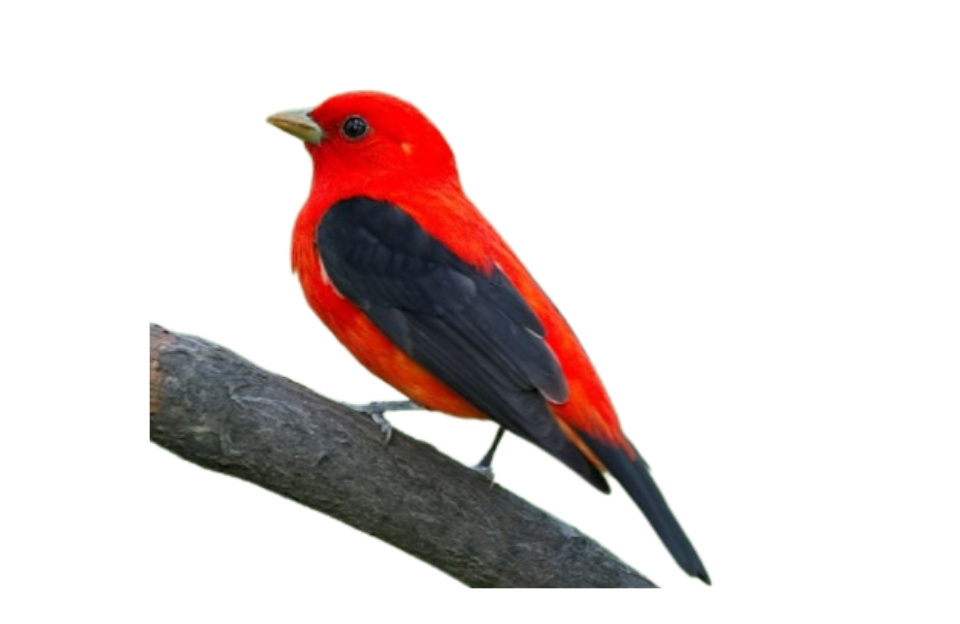
Summer Tanager
Summer Tanagers, which have the classic features of summer, are essentially birds. Their form is a mixture of the light and dark which comes alive during melting season. Among multi-coloured tanagers, specifically male Summer Tanagers are an astonishing exception. They stand out with an intense red as the colour of their feathers. Other tanagers tend to have dimmer colours, but the bright red Summer Tanagers grow their feathers in appreciation and serve as a perfect example for the season.
Females on the other hand show a completely different hue in their plumage. It is a soft yellow that distinctively differentiates them from their male counterparts. This change exhibits the soft golden light which can be experienced during spring as it filters through the leaves. Their colour scheme dictates how gentle life is and how every shade is crucial for nature’s survival. While the serene charm of the female embodies the silence in the shrub bushes, the males get to show off their vibrant colours.
Tanagers have been noted to be adept at capturing insects this sunny season because of their zeal for bees and wasps. The collection of these valuable flying insect species exhibits their tanager’s capture agility and capture flexibility as well. This aspect of their diet helps them adapt to and survive in areas that other species of tanagers cannot, thus showing they fulfil the ecological niche.
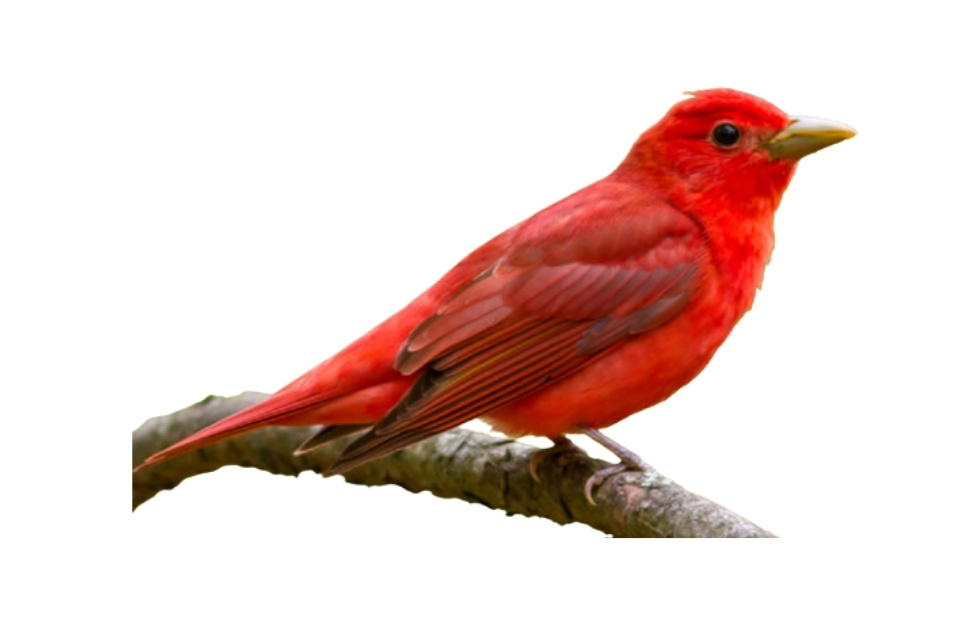
Hepatic Tanager
The North American avifauna reserves a curious, not-so-common bird in its arms – the Hepatic Tanager, an enigmatic bird. It adds a splash of mystery along with warmth to the scenery. The male tanagers hold ocular appeal with stout reddish-brown plumage that shimmers with touches of orange under the sunshine. Tanager colours dim in comparison with the lively hues of their more flamboyant cousins, but their distinct coloration holds a touch of grace that begs for a closer look. On the other hand, females are wrapped in soft yellows that blend beautifully amongst the foliage while allowing mellow light filtering through the trees to shine through.
The pine and oak woodlands of the southwestern parts of the US and certain areas of Mexico are the main range where these tanagers are distributed. They tend to specialise in environments that have an abundance of biodiversity. The Hepatic Tanager is an adept forager and is often seen flitting among the trees in search of fruits and small insects. This fact suggests that they have great ecological flexibility, as they take advantage of seasonal food resources because of the vast variety in their diet. Their agile movement most vividly illustrates the dynamism of the forest ecology, while at the same time highlighting the important role Hepatic Tanagers play in environmental conservation.
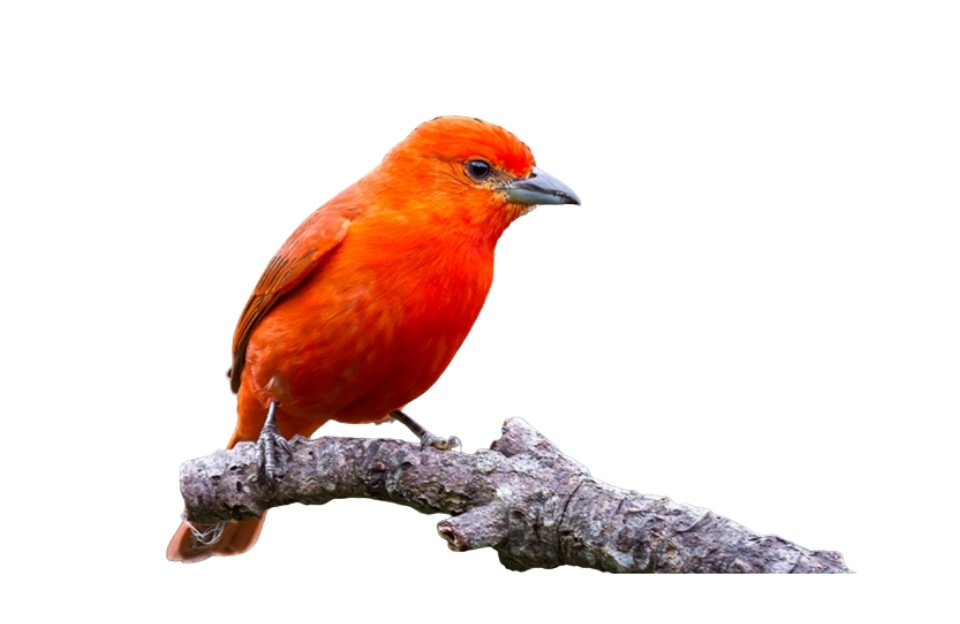
Vermilion Flycatcher
The Vermilion Flycatcher is small yet remarkably beautiful. The colours and behaviour of this bird are superb and very lively. The males are noticeable as the bright red feathered parts of their bodies, complemented by dark wings and a back, give them an energetic appearance. The bright colours are not only pleasing to the eye but also important in the search for partners during the breeding period. When the male is perched on a branch, his body stands out like a sore thumb as he is in contrast to his environment, especially in open spaces.
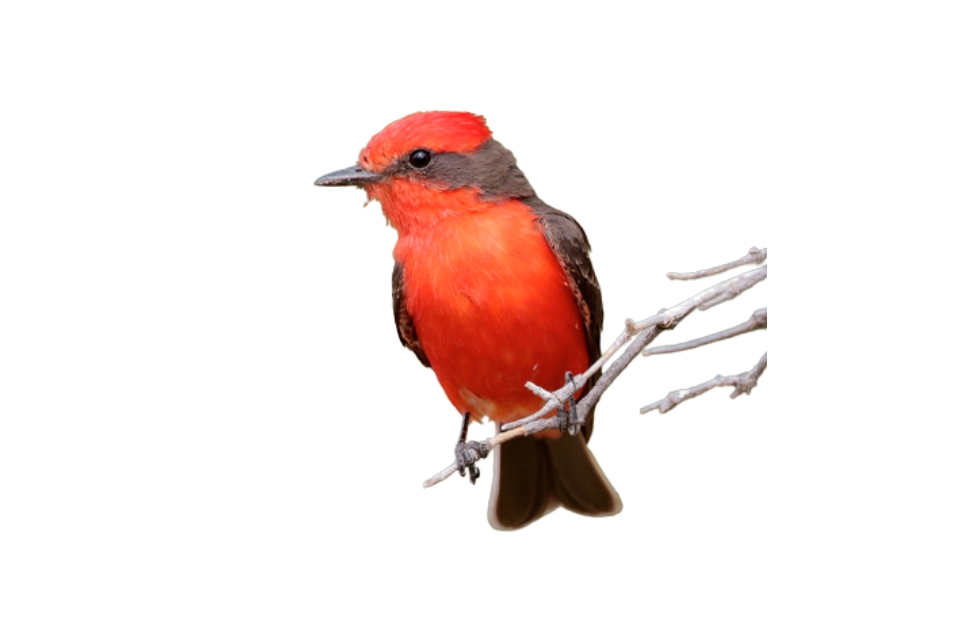
Pine Grosbeak
The Pine Grosbeak is a robust bird species that inhabits regions with pine forests. Males are especially attractive with their rosy red coloration, while females boast a pleasing greyish yellow tint. These birds are equally famous for their lovely songs and friendly nature. They primarily eat seeds, fruits, and berries, and during winter, they often feed in groups which makes a delightful scene in the snow.
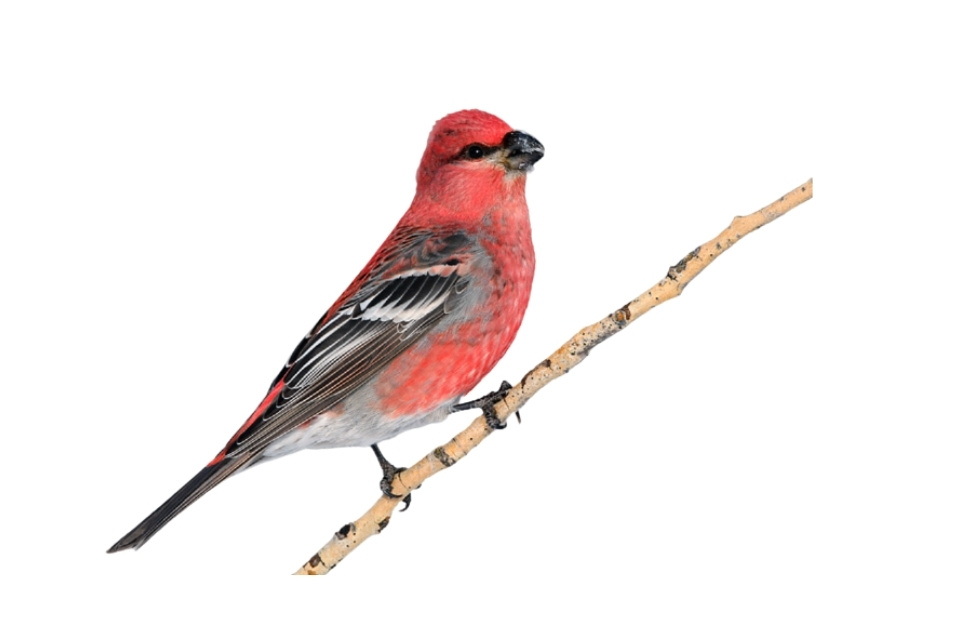
Red Crossbill
The Red Crossbill stands out because of the unique crossed mandibles that help it extract seeds from pine cones. Males have a bright red coloration, while females are more of a yellowish-green. These gregarious songbirds are often seen moving in flocks, and their strange calls can be heard throughout the woods. Because of these animals’ resilience to different habitats and diets, they are of great interest to bird watchers.
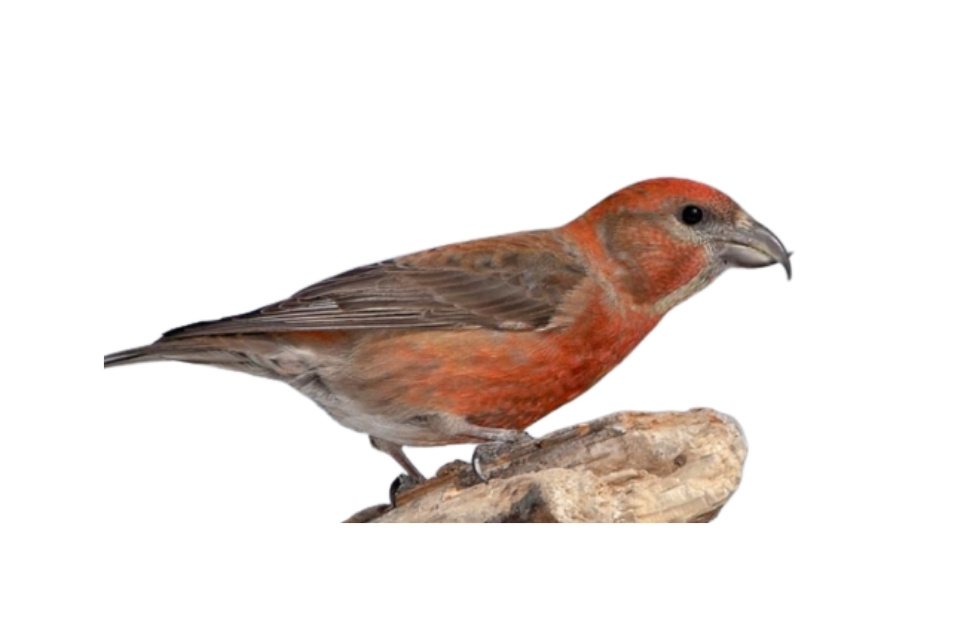
White-winged Crossbill
Similar to the Red Crossbill, the White-winged Crossbill possesses a crossed bill that facilitates the bird’s access to seeds in the pine cones. Males are bright red with distinctive white wing bars, while females are more muted in their appearance. They are often found in proliferation from the boreal forests. They are known for their migratory behaviour, constantly moving in search of food when it becomes available. They give out sweet, melodious sounds which make their presence in the wild more beautiful.
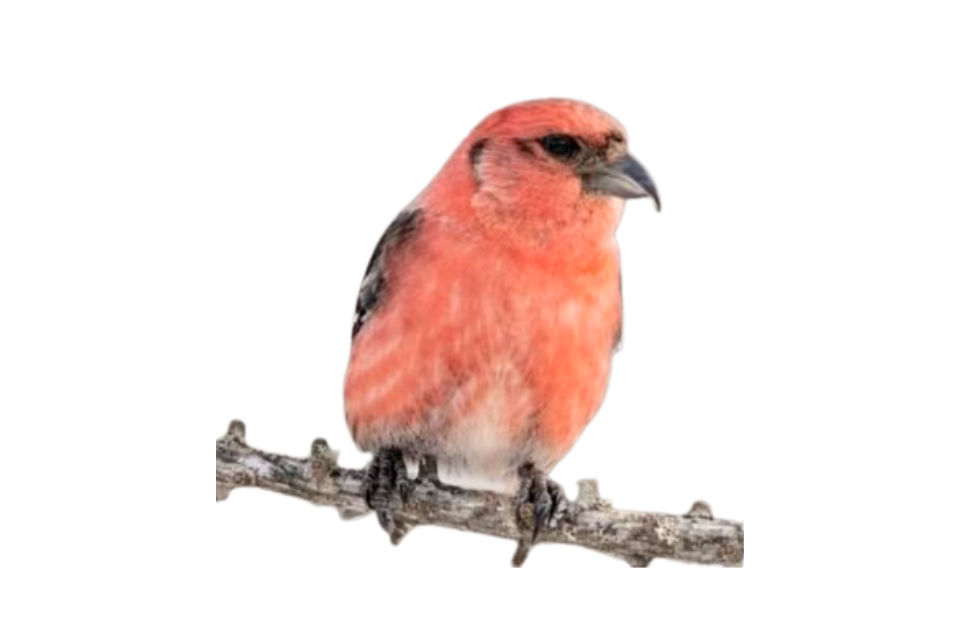
Final Thoughts
Red birds are colourful and fascinating creatures of the world. Scarlet Tanagers, Summer Tanagers, Hepatic Tanagers, and Vermilion Flycatchers all provide unique traits, behaviours, and ecological functions to the environment. They are visually stunning, and the importance their colours serve on mating rituals is easy to imagine, but they also perform an intricately important role in the ecosystems they inhabit by controlling bug populations and dispersing seeds. Their songs, adding to nature’s symphony, aid in improving the overall experience of the areas these birds inhabit.
Sadly, many species of red birds are in danger because of habitat destruction and climate change. The loss of these creatures if nothing is done emphasises the need to focus on conserving entire ecosystems.
The sight of red birds evokes pure happiness. Their vibrant red coloration symbolises nature’s great beauty and the interconnectedness of an ecosystem. Honouring their existence implies an obligation in aiding their preservation, thus helping ensure future generations have the opportunity to observe and hear these incredible birds in their natural environments. Remembering red birds is a multicultural acknowledgement, demonstrating the diversity of life on earth and the importance each species holds in the fabric of existence.

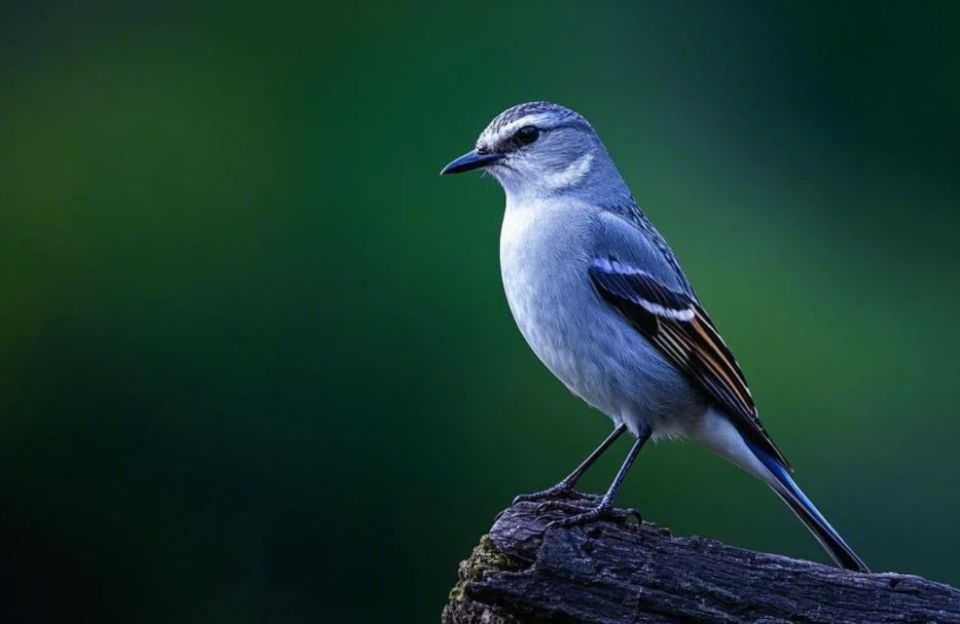
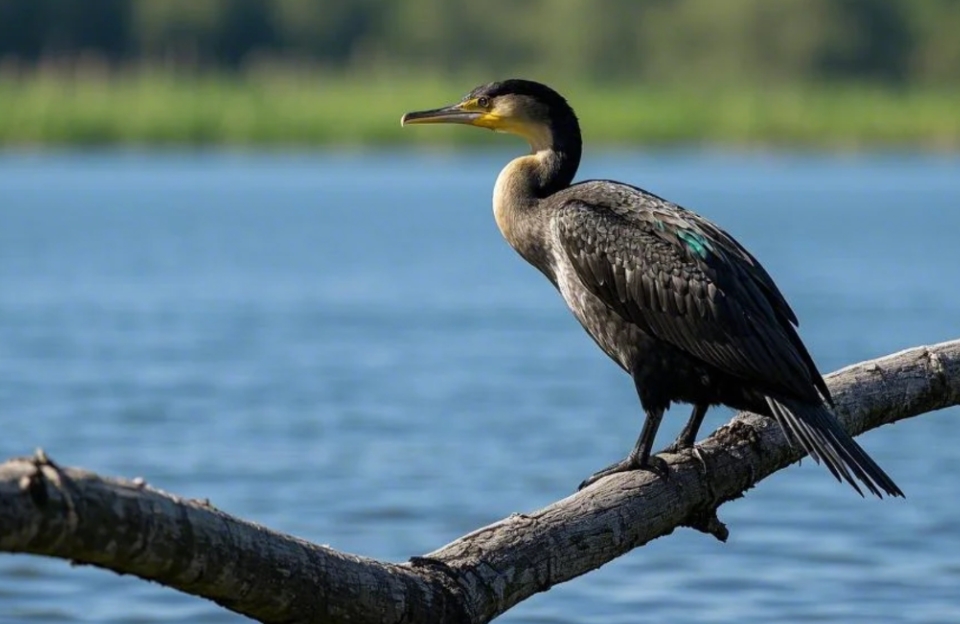
Fine news for all us
Thanks, we will continue working on this!
then only a few have reached us